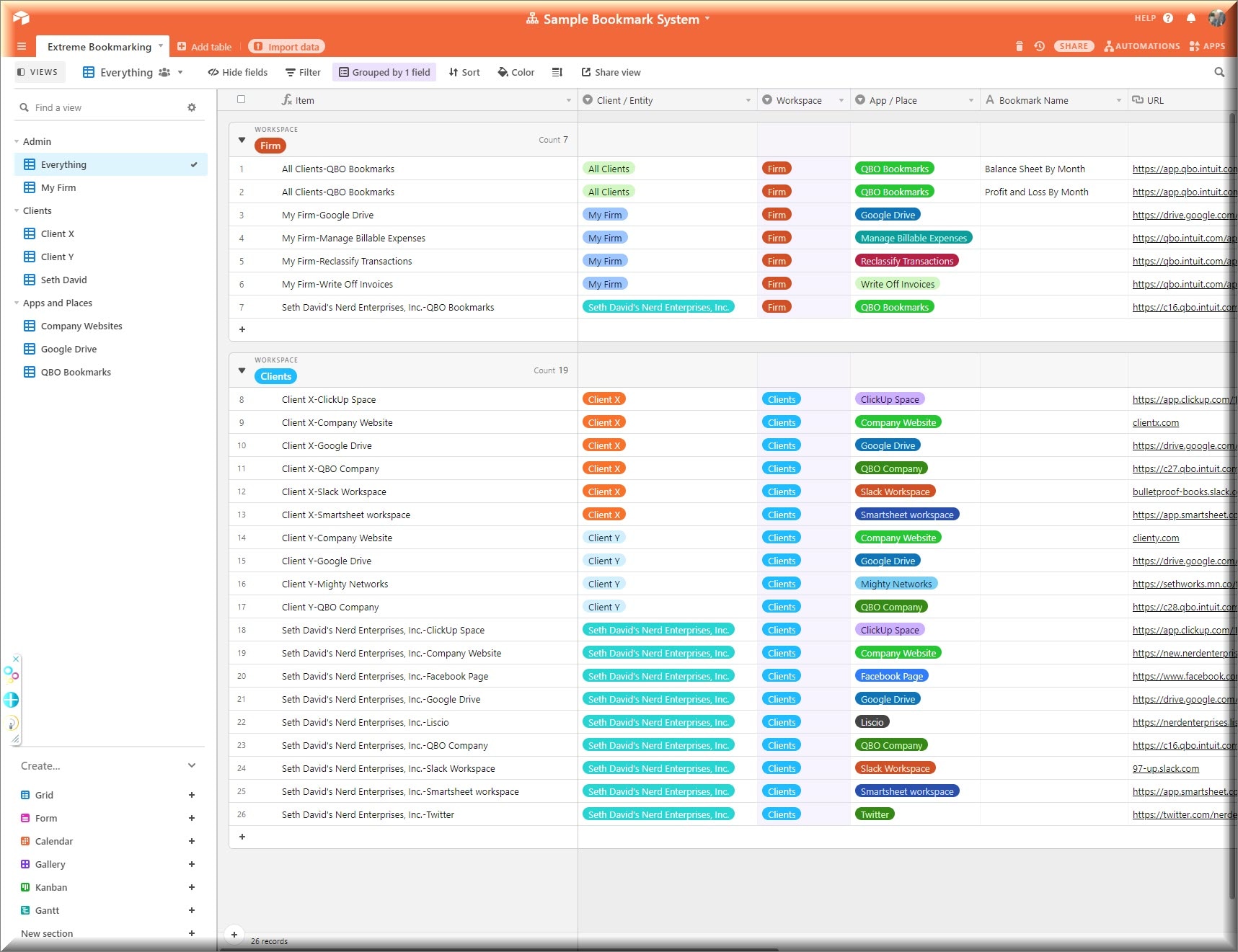According to OfficeVibe, 96 percent of employees say that they like receiving regular feedback. However, conducting performance reviews for your tax and accounting firm employees can sometimes feel like pulling teeth – and be equally as hard – for managers. Even if you have a stellar employee, the time you spend on reviews can seem unproductive.
Nevertheless, reviews are necessary because they help you and your staff become better aligned on growth opportunities. There are definitely improvements to the tried and true review process we’ve used in our firm. Check out these five approaches.
1. Map out expectations and goals for your staff
Gallup research indicates that only about half of employees have a strong sense of what is expected of them. In an interview with Business News Daily, Belinda Wee, an associate professor at the Husson University School of Business and Management, explained, “Management must communicate, both verbally and in writing, the level of performance they require from each employee to receive their desired results.”
Establishing a vision, and tying their role and responsibilities to it, will help employees understand their contribution to your firm’s future, while revisiting your vision during their review will help them see how their actions, good or bad, impact the future. Starting with a mutual understanding of expectations from your staff will help you have the courage to better approach difficult conversations.
2. Remember to check in often
Traditionally, performance reviews have been an annual occurrence, but that’s quickly changing.
Frequent check-ins allow you to keep your finger on the pulse of your staff’s performance. In these meetings, you can talk about the progress being made toward the goals you’ve communicated and established with your employees. Some firms do these as frequently as every month. Regardless how often you perform your reviews, focus on measuring your staff’s progress toward short- and long-term goals.
Some ways you can make check-ins with your employees better include the following:
- Respect their time by adequately preparing before the review.
- Be honest and up front about what you do and don’t know.
- Ask your employees how you can be a better support for their success.
- Point them toward helpful resources when you don’t know the answer.
3. Use data and metrics
Having documentation with real data and key performance metrics will help you keep the discussion centered on facts, rather than feelings and personal biases. One critical note is to avoid focusing on too many metrics, since this can stifle and suffocate your staff’s productivity. Recommended metrics I use in my firm to gauge productivity include quality of work, level of efficiency, progress toward individual goals, and application of training and education.
Quality is a metric that’s a bit more obvious, but others, such as efficiency and progress toward personal goals, are less so. By centering the discussion around these four areas, I balance data with a healthy level of discussion about the state and quality of my staff’s work life. If you’ve noticed something commendable or noteworthy, don’t hesitate to praise your employee.
4. Consider anonymous peer reviews
One way to abandon traditional, one-direction reviews is to implement anonymous employee-led reviews where staff rate their co-workers. Peer reviews can encourage an atmosphere of teamwork because now everyone is accountable to each other, not just to you. In addition, there are plenty of issues you may never see or hear, but your staff will be able to notice them.
Known as a “360 review,” this peer-driven approach focuses more on how staff get along and affect each other’s work, not necessarily on how they accomplish a task. Once again, remember these reviews aren’t just for correction, but also to acknowledge individuals who may serve as understated examples for their fellow employees.
5. Balance the Negative and the Positive
It’s easy to gravitate toward the negative, but true leaders focus on the good in their employees and bring out their best traits. Also, make sure that discussions during the reviews center on growth opportunities for you and your staff.
Lead by example
As leaders and heads of our firms, recognizing our blind spots can be difficult, if not impossible, without the feedback from those nearest us. When you’ve made a mistake or haven’t served your employees well, one of the greatest tools you can wield as a leader is an apology. By rethinking your performance reviews, you’ll be able to better manage your employees and grow as a person. Good luck!
Editor’s note: This article first appeared on the Intuit® Tax Pro Center.


